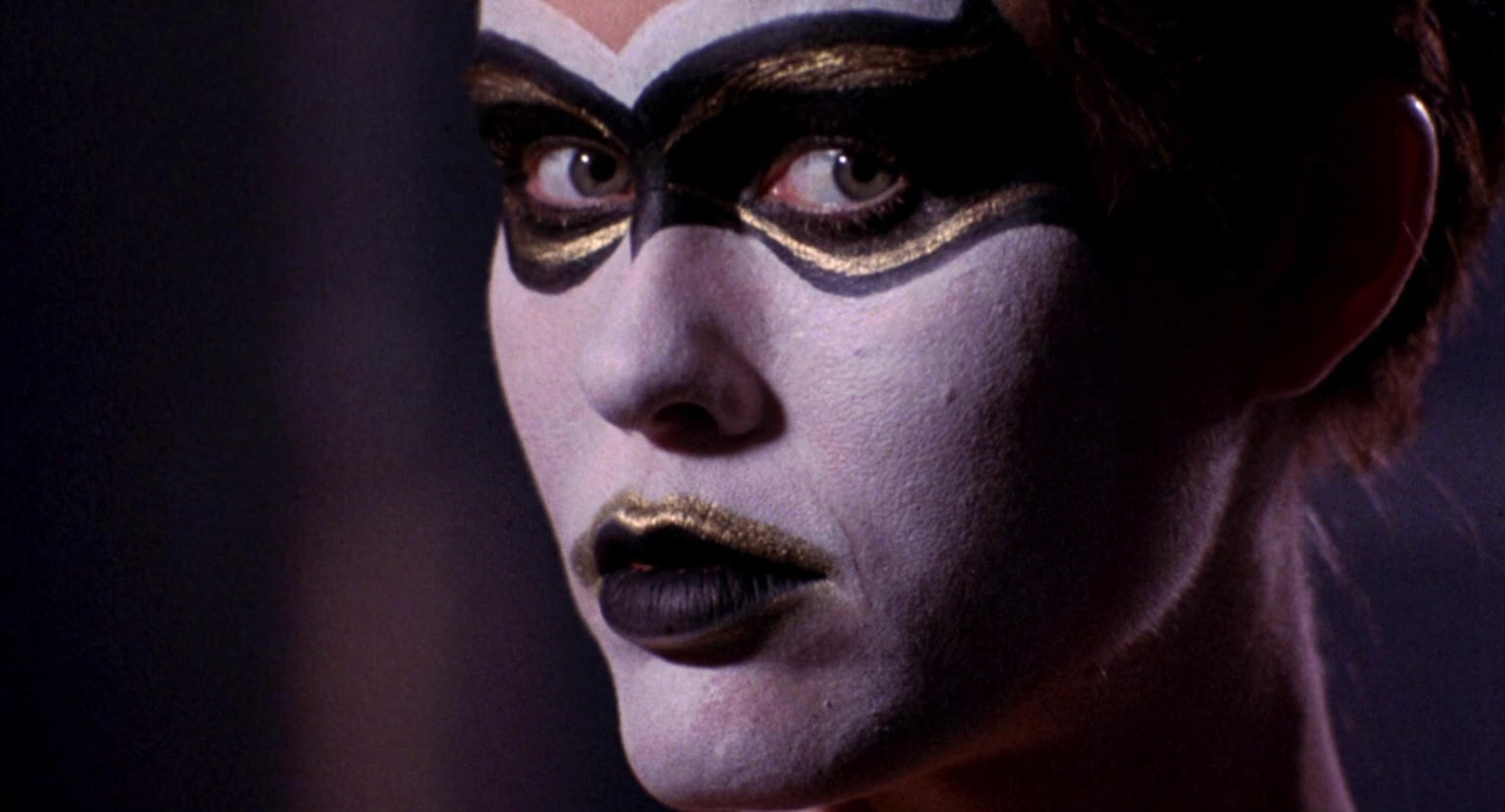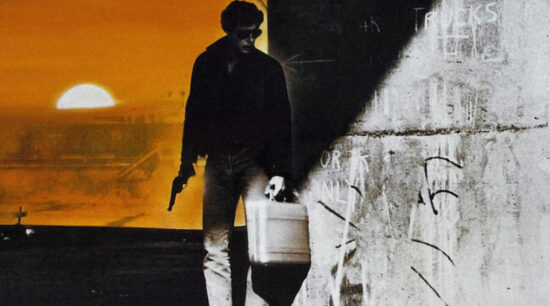
Special Service agent Richard Chance (William Petersen) approaches both his job and his life with reckless abandon, throwing caution to the wind whether he is chasing a criminal or base-jumping when he is off-duty. His badge and gun give him license not only to consider himself above the law, but above life and death, too. He and his partner, Jim Hart (Michael Greene), are on the trail of a group of counterfeiters in Los Angeles. When Hart is murdered two days before his retirement, Chance throws himself into hunting down the forger Eric Masters (Willem Dafoe), even if this may very well make him a criminal, too. His new partner, John Vukovich (John Pankow), is at first uneasy about Chance’s addiction to danger and living fast, but he is eventually caught in this vicious ride, and in the end, through an inspired, unexpected twist, Vukovich assumes the persona of Chance.
In To Live and Die in L.A. (1985), no character is entirely bad or good, everyone has a counterfeit motive. The distinction between good and evil, between law and crime, between duty and art tends to be eroded. It is the neo-noir, and neon-noir, attitude of William Friedkin’s anti-hero, as the filmmaker goes for the darker side of each character. We all have it in ourselves.
Los Angeles is one of the main characters of the story, and is depicted as a disquieting and faceless place, a city of towering silhouettes and factory chimneys dissolving into a misty red glow, of nameless streets and gritty neighborhoods, of paved-over riverbed and cars and highways and no souls, resembling more a wasteland than a city of stars, “with no landmarks, no iconic skylines or neighborhoods,” as Friedkin noted in his memoir, The Friedkin Connection. Inspired by Gerald Petievich’s novel, which aroused Friedkin’s interest because of the “surrealist nature of the life of a Secret Service agent”, this is a film with an extraordinary atmospheric density and a dark sensibility, with unexpected things in it, uncompromising, with no guarantees of plotline or character lifespan.
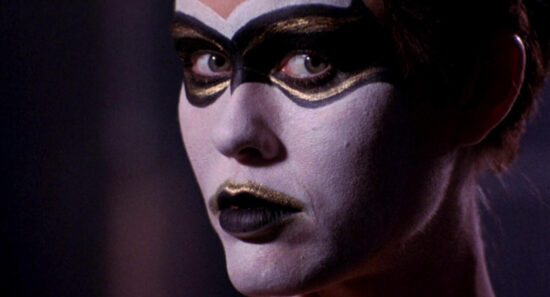
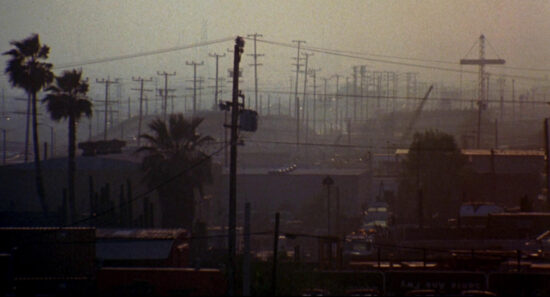
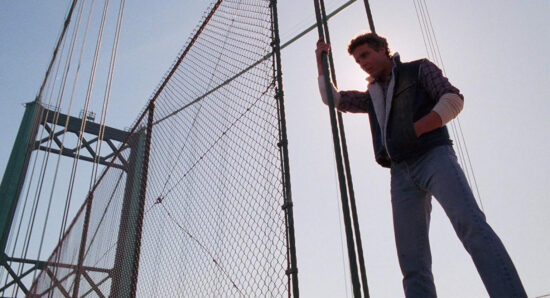
The characters are observed from afar, too. Their private lives are reduced to rendezvous in neon-lit clubs and bars, or having sex in steely, impersonal spaces. We never see Chance at home, we only see him visiting his informant, parolee Ruth Lanier (Darlanne Fluegel), whom he casually has sex with, too. That may be her apartment (Friedkin let Darlanne hang out in there and even take part in decorating it in order for her to get a feel of the place), but we don’t get to see her son, whom she briefly mentions as living with his father. We never get to see any family member of any of the characters, every personal detail is kept aside, Friedkin forgoes any kind of interiority. Bodies may be shown in full display, but there is no feeling of closeness. Everything we see is a front, and beyond these whisper-thin surfaces, there is only darkness. Relationships are interchangeable, people are replaceable, it is a world out of control, a counterfeit world. Living in L.A. is portrayed as being “about counterfeit emotions, counterfeit money, counterfeit structure of the law, counterfeit relationships,” in Friedkin’s own words, “it’s a metaphor for a lot of what I’ve seen in the years that I’ve been at work in Los Angeles.”
There is nothing kitschy, and it could easily have been, about the art-heavy sequences (Masters has an artistic side which is based on German painter Rainer Fetting, whose art we see in the film, and he’s also passionate about avant-garde dance performances), the settings with flourishing lights, the synthesized soundtrack, and even the neon-hued opening credits. Instead, they all paint a world that is hypnotic, mystical and overpowering.
According to William Friedkin, the main reason he chose Wang Chung to compose the soundtrack was because the band stood out “from the rest of contemporary music… What they finally recorded has not only enhanced the film, it has given it a deeper, more powerful dimension.” They wrote and recorded every song of the soundtrack within two weeks, except for two songs, “Dance Hall Days”, the title song, and “Wait”, which Friedkin specifically required from the band’s previous album, Points on the Curve. It’s a gripping and exhilarating soundtrack that only enhances the magnetic and unreal mood of the film, a great example of how a film evokes a feeling without constantly reminding you that it is not reality that you are watching, and that’s even more enticing.
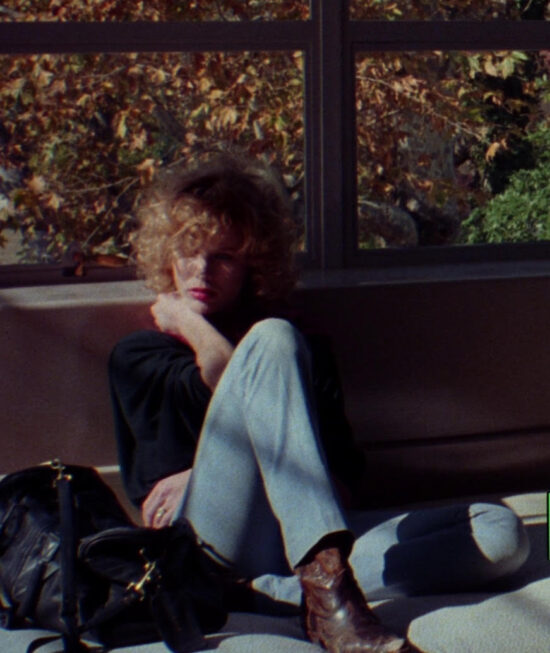

Fourteen years after The French Connection marked the beginning of a new era of gritty, urban police dramas revolving around hard-bitten, morally ambiguous cops, Friedkin left the streets of New York behind and went for “something more in the unisex style of Los Angeles in the 1980s” in To Live and Die in L.A. He wanted a “feminine sensibility” for the film. Debra Feuer, who played Bianca Torres, the lover of Willem Dafoe’s artist/counterfeiter, recounted how everything she wore in the film came from her own wardrobe. Friedkin wanted her to wear the clothes he saw her in whenever she arrived on set. And it shows. How about that for an authentic feel of the time and character? The film is so much imbedded in that time, in the rebellious angst of the 80s, with its style more flea market than high fashion.
Debra’s, and therefore Bianca’s, style may very well be a mix of hand-me-downs and cast-offs, loose fitting sweaters and blouses with rolled-up sleeves, high-rise fitted jeans, biker leather jackets, cowboy boots and messenger bags. It was the supremacy of the DIY style. It was the height of individuality. This is not about power dressing, as in the style of the boardroom as status symbol of women running big business, one of the characteristics of 1980s fashion. It is about an empowered attitude that does not need brand clothes to stand out, it is about style subversion, a rugged edge to fashion, a riotous energy born in the streets.
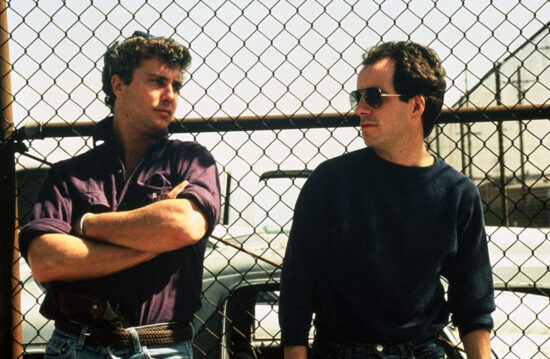
Style is something deeply personal and everyone holds his/her own. Richard Chance’s addiction to thrill and danger shows in his clothes: broken-in jeans, biker jacket, unbuttoned tucked-in shirts, varsity sweater, plain t-shirts, a green parka, sneakers and scuffed work boots, clothes that must afford him freedom of movement and of the mind. He packs a lot into his life (and I don’t mean clothing), as if sensing he won’t be around for too long. There is a sequence that I found very funny, clothing-wise. When he goes to see the prosecutor to ask him to bend the rules in his pursuit of catching Masters, he wears a tie. It is so out of tune with the shirt and leather jacket that it’s clear that the only message he wants to project is that he doesn’t conform even when he pretends to do it. He’s fearless and defiant. It’s in his nature. And it’s so powerful that his new partner Vukovich comes to embody it, too, making a final and definitive shift from ill-fitted blazers and unflattering trousers to leather and denim, and to an aura of danger.
This piece is published courtesy of classiq.me
All photos credit to SLM Production Group, United Artists
Editorial sources: The Friedkin Connection: A Memoir, by William Friedkin / interviews and featturets with William Friedkin, William Petersen, Willem Dafoe, Debra Feuer, John Pankow, Jack Hues and Nick Feldman of Wang Chung, and other cast and crew members of the film available on the special features on the Blu-ray edition of the movie released by Shout! Factory
